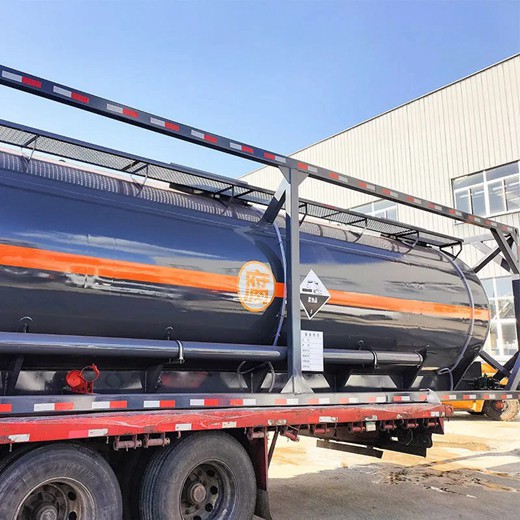Hot Sell bulk liquid container Sulfuric Acid Hydrochloric Acid ISO Tank Container
Product description
When using liquid nitrogen for a short period of time or over a short distance, insulated bottles, cups, etc. can also be used as containers. However, if the pot body has a plastic handle, it is easy for liquid nitrogen to freeze and crack, so special care should be taken when using it.

There are two main types of storage containers for liquid nitrogen tanks: low-temperature tank (mobile or fixed) and liquid nitrogen biological storage tank. Low temperature tank is a closed pressure vessel, with the tank body wrapped in a vacuum layer and a filling layer, providing insulation effect. The liquid nitrogen biological storage tank is an open insulation tank, also wrapped in a vacuum layer, but the tank mouth can be opened and there is no pressure inside the tank.
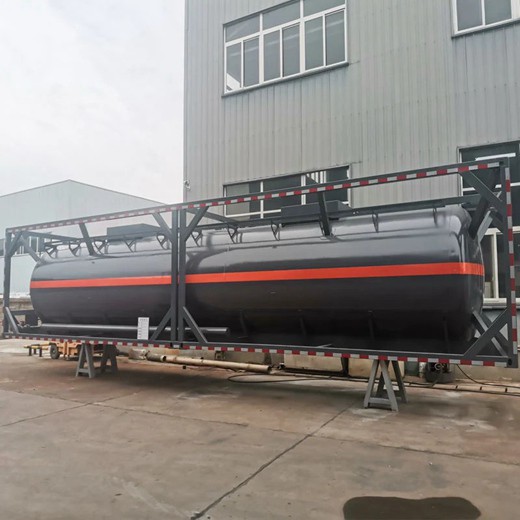
In order to meet the transportation conditions, the liquid nitrogen transport tank has been specially designed for shock resistance. In addition to static storage, it can also be used for transportation when filled with liquid nitrogen, but violent collisions and vibrations should also be avoided.
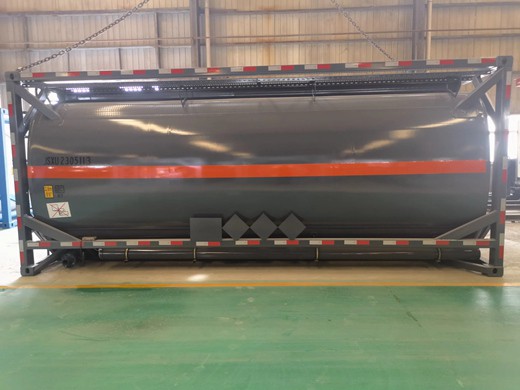
In terms of maintenance, hydrochloric acid containers need to be regularly inspected and maintained. The inspection content includes whether there is corrosion, leakage, and other phenomena in the tank body, and whether the auxiliary equipment is operating normally. The maintenance work includes cleaning the impurities inside the tank, replacing damaged parts, etc. In addition, attention should be paid to the anti-corrosion work of the storage tank, and anti-corrosion coatings should be applied regularly to extend the service life of the storage tank.
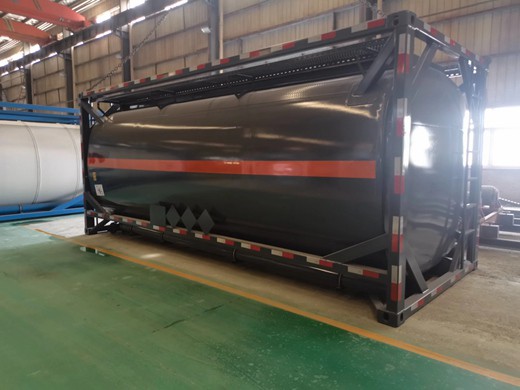
The installation of hydrochloric acid containers should strictly follow relevant standards and specifications. Before installation, it is necessary to conduct a comprehensive inspection of the storage tank to ensure that it is intact and undamaged. During the installation process, attention should be paid to the support and fixation of the storage tank to prevent displacement or tilting during use. After installation, it is necessary to conduct pressure testing and leak detection on the storage tank to ensure its safety and reliability.
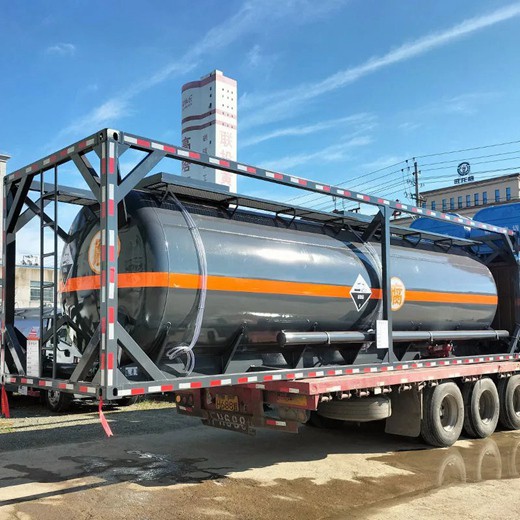
Recommended products

